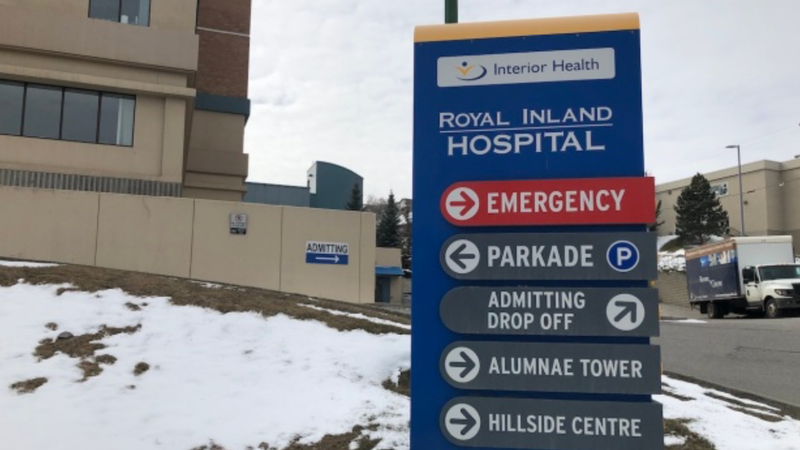
ROTHENBURGER: Thin red line leads, eventually, to the emergency department
A THIN RED LINE runs from the front of Royal Inland Hospital all the way to the back. It has nothing to do with Rudyard Kipling or the Sean Penn movie. It’s a literal thin red line on the floor, and if you follow it you will eventually make your way from the visitor parkade to the ER.
It’s a little like the Amazing Race, taking you down a maze of hallways, around corners, up and down stairs, through doors and, occasionally, to dead ends. It’s a necessary result of some serious renovations being done in the hospital.
Of course, if you arrive at the ER short-term parking area (there are two of them right now to accommodate the construction work) you can still walk more or less directly into the ER, but if you’re visiting somebody who has ended up in Emergency or you’re a walking wounded yourself, you’ll likely have to leave your vehicle in the big parkade, pay the toll and hoof it along the thin red line. You may as well strap on your Fitbit or Apple Watch while you’re at it and rack up some steps.
At the end of the trek, you’ll find things have changed in Emerg if you haven’t been there for a while. The anti-COVID security measures are gone — you can walk right in without being stopped by a security guard, and friends or relatives can go in with you (unlike the last time I wrote about the ER).


